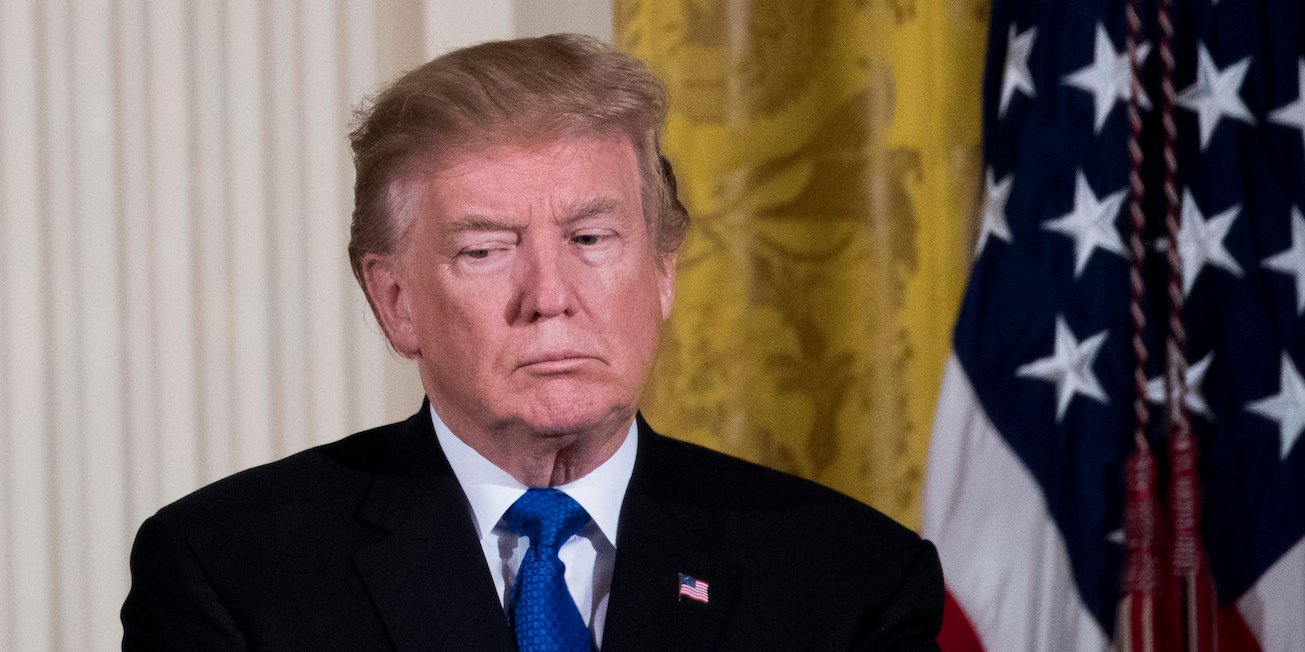
Yu Xiang, Senior Fellow, China Construction Bank Research Institute
Dec 13, 2017
Trump’s tax reform triumph brings its own set of risks to the recovering US economy.
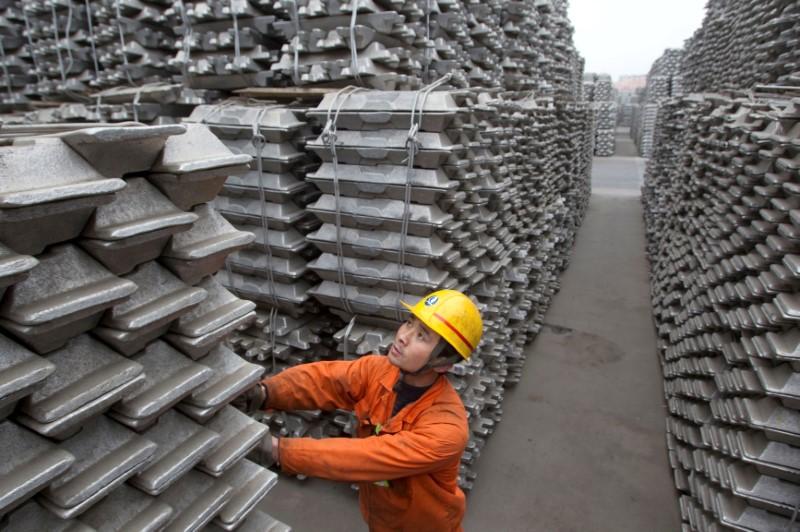
Daniel Ikenson, Director, Cato Institute’s Herbert A. Stiefel Center for Trade Policy Studies
Dec 12, 2017
Late last month, the Trump administration “self-initiated” antidumping and countervailing duty investigations of imports of aluminum sheet from China. Reactions from media, social media, and the Chinese government seem to suggest these measures are especially provocative, pushing Washington and Beijing even closer to the brink of a trade war. But there is a less dire interpretation to consider.
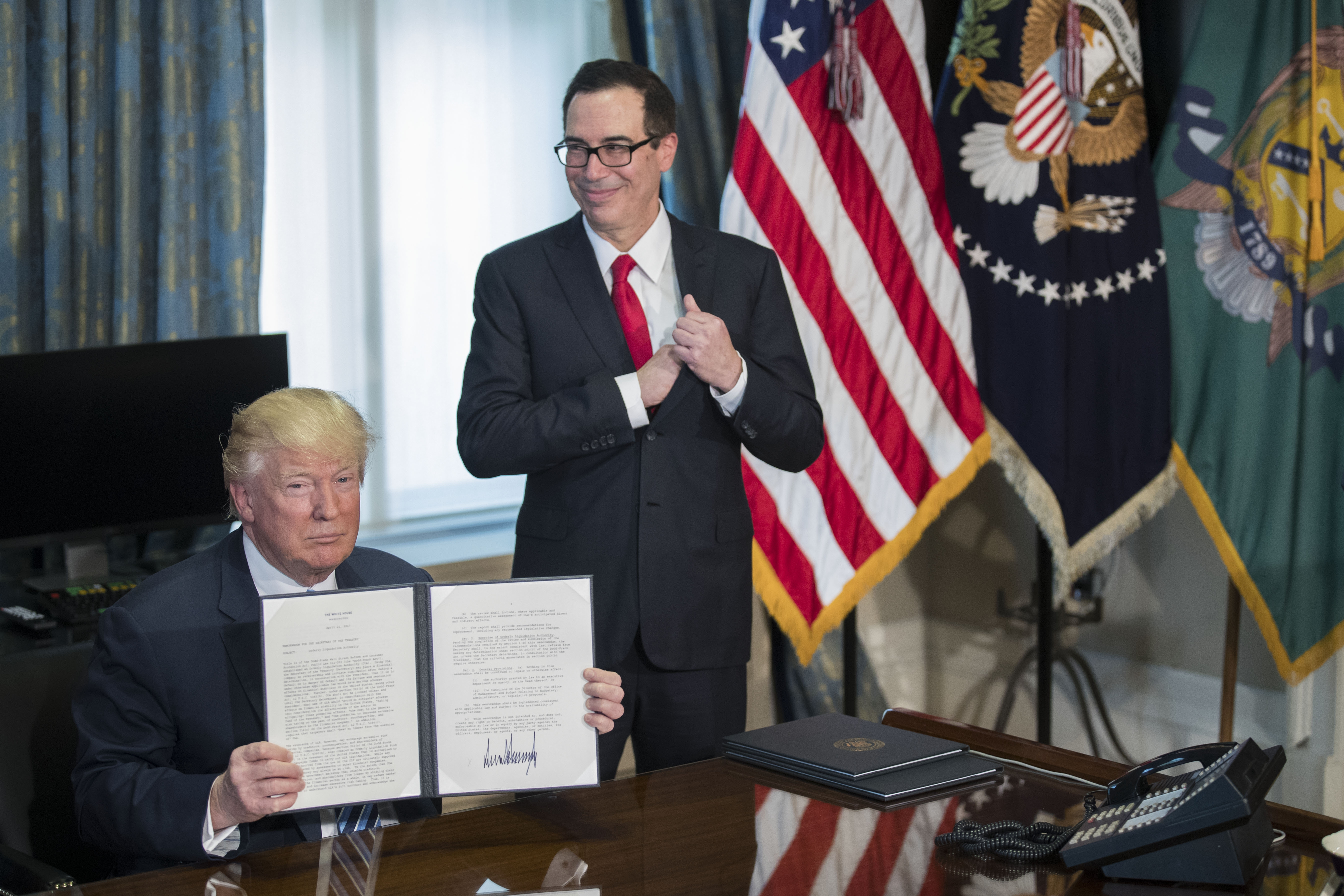
Ben Reynolds, Writer and Foreign Policy Analyst in New York
Dec 12, 2017
The U.S. Congress appears poised to pass major tax reform legislation before the end of 2017. There will be international spillover from these proposed changes.
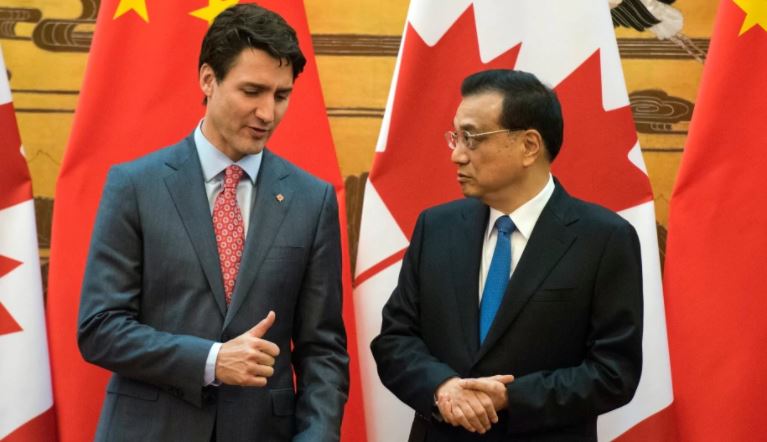
Hugh Stephens, Distinguished Fellow, Asia Pacific Foundation of Canada
Dec 11, 2017
There were great expectations in Canadian business circles that Prime Minister Justin Trudeau’s visit to China would result in the announcement of the beginning of bilateral trade negotiations between the two countries. But it didn’t happen. Trudeau’s visit is being assessed in some quarters in Canada as a failure, but it is important to get the terms right before embarking on what will be a long and difficult negotiation.
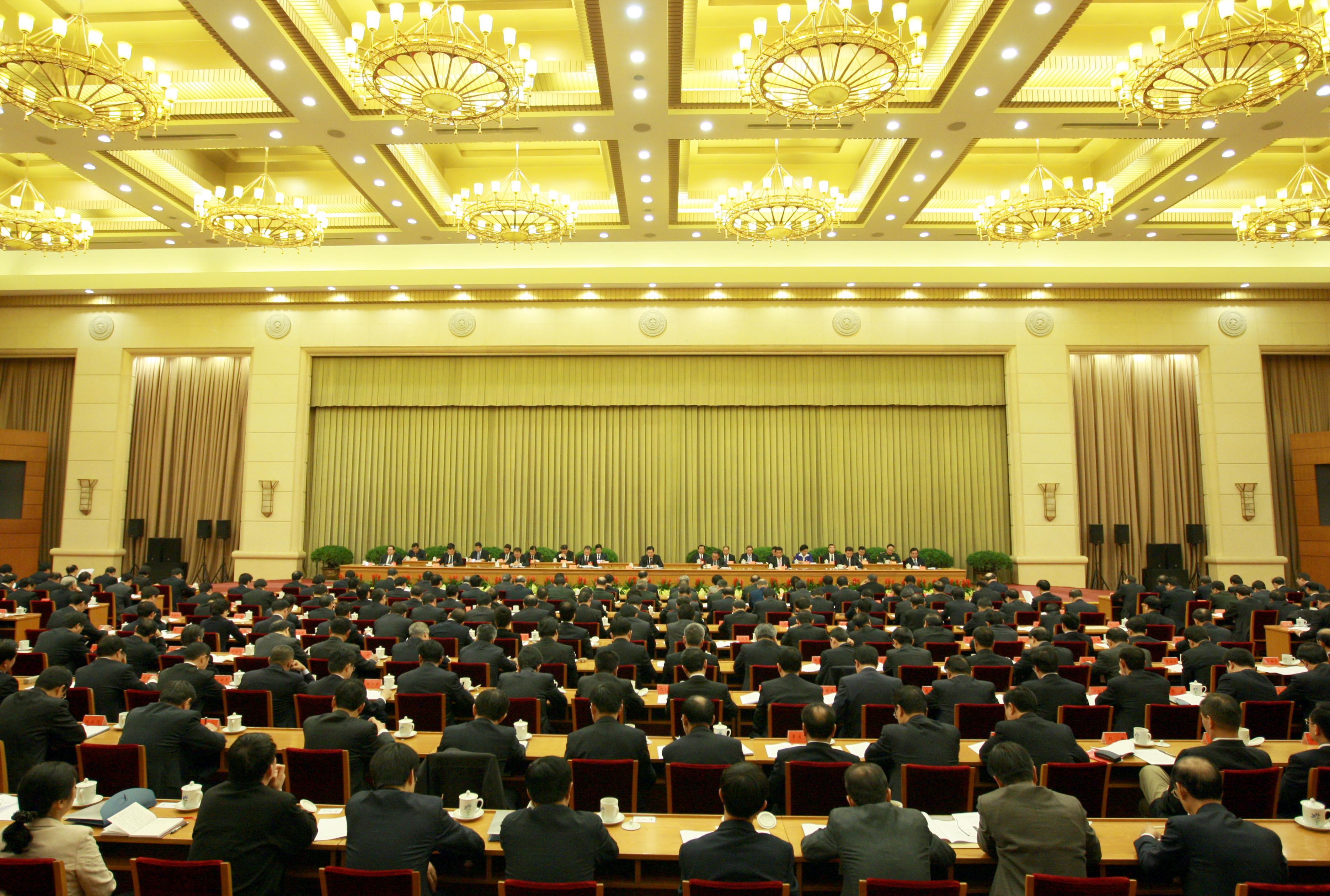
Dec 11, 2017
China-experts and international commentators have their eyes and ears set on an important year-end economic conference happening in Beijing over the next few weeks.

Fernando Menéndez, Economist and China-Latin America observer
Dec 08, 2017
During China’s President Xi Jinping most recent visit to the Latin American, he announced a renewed commitment to trade and investment throughout the Americas; by some accounts an estimated $250 billion in the next ten years. A project such as the proposed Nicaragua canal has raised critical questions about Chinese investments in Latin America.
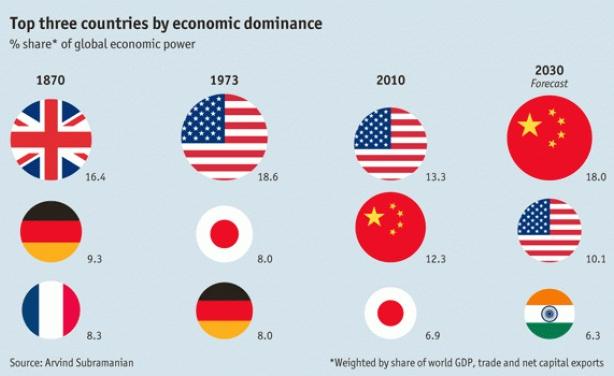
Christopher A. McNally, Professor of Political Economy, Chaminade University
Dec 08, 2017
The China model could lead to more varied views on what works and doesn’t in economic development.
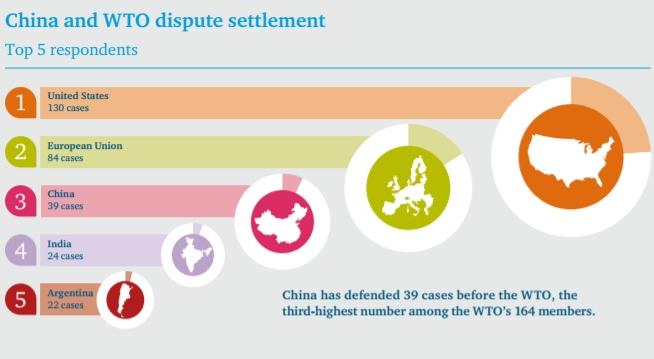
Dan Steinbock, Founder, Difference Group
Dec 08, 2017
Recently, the Trump administration notified the World Trade Organization (WTO) that the United States opposes granting China market economy status at the WTO, an opinion also supported by the European Union. Under the World Trade Organization (WTO) terms, China should have graduated last year to market-economy status.
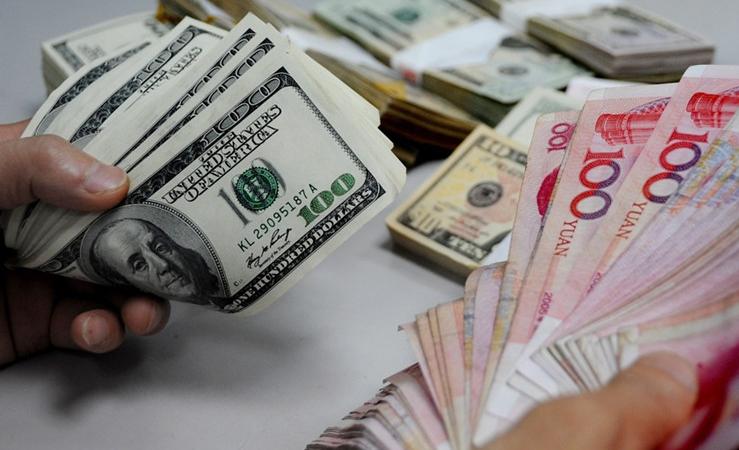
Matt Ferchen, Nonresident Scholar, Carnegie-Tsinghua Center for Global Policy
Dec 08, 2017
Recent studies have inspired headlines such as “China and U.S. ‘neck and neck’ in foreign assistance spending”. Contrasted against the Trump administration’s apparent contempt for longstanding American support for global development promotion, such headlines seem yet further evidence of China’s emergence as a leader of global economic governance and influence.
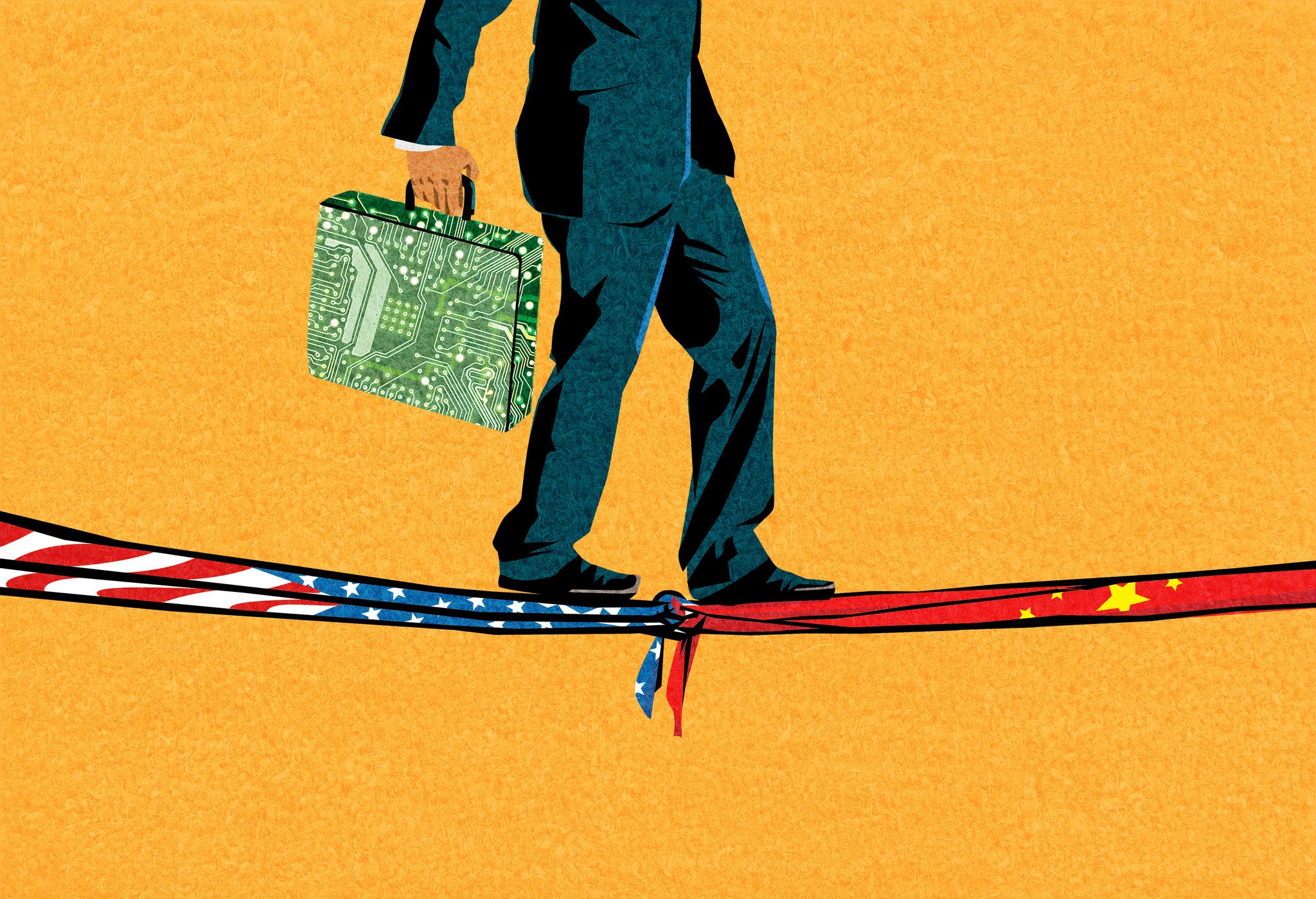
Justin Lau, Independent Researcher of International Political Economy
Dec 07, 2017
President Donald Trump signed a memorandum authorizing Robert Lighthizer, the US trade representative, to determine whether to investigate on complaints that U.S. companies were "involuntarily" transferring core technologies to China in order to secure market access.
Back to Top

- China-US Focus builds trust and understanding between the U.S. and China through open dialogue among thought leaders.
- Our Offerings
- Topics
- Videos
- Podcasts
- Columnists
- Research Reports
- Focus Digest
- Stay Connected
-
Thanks for signing up!
- Get the latest stories from China-US Focus weekly.